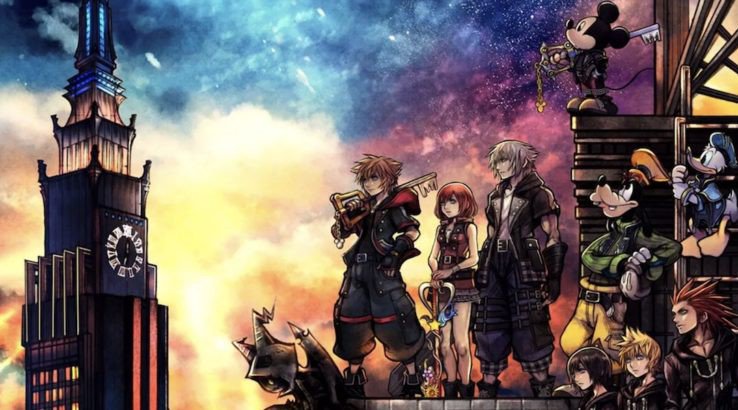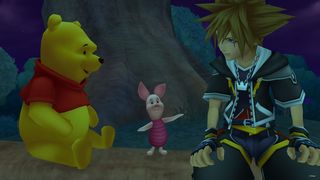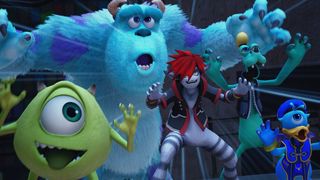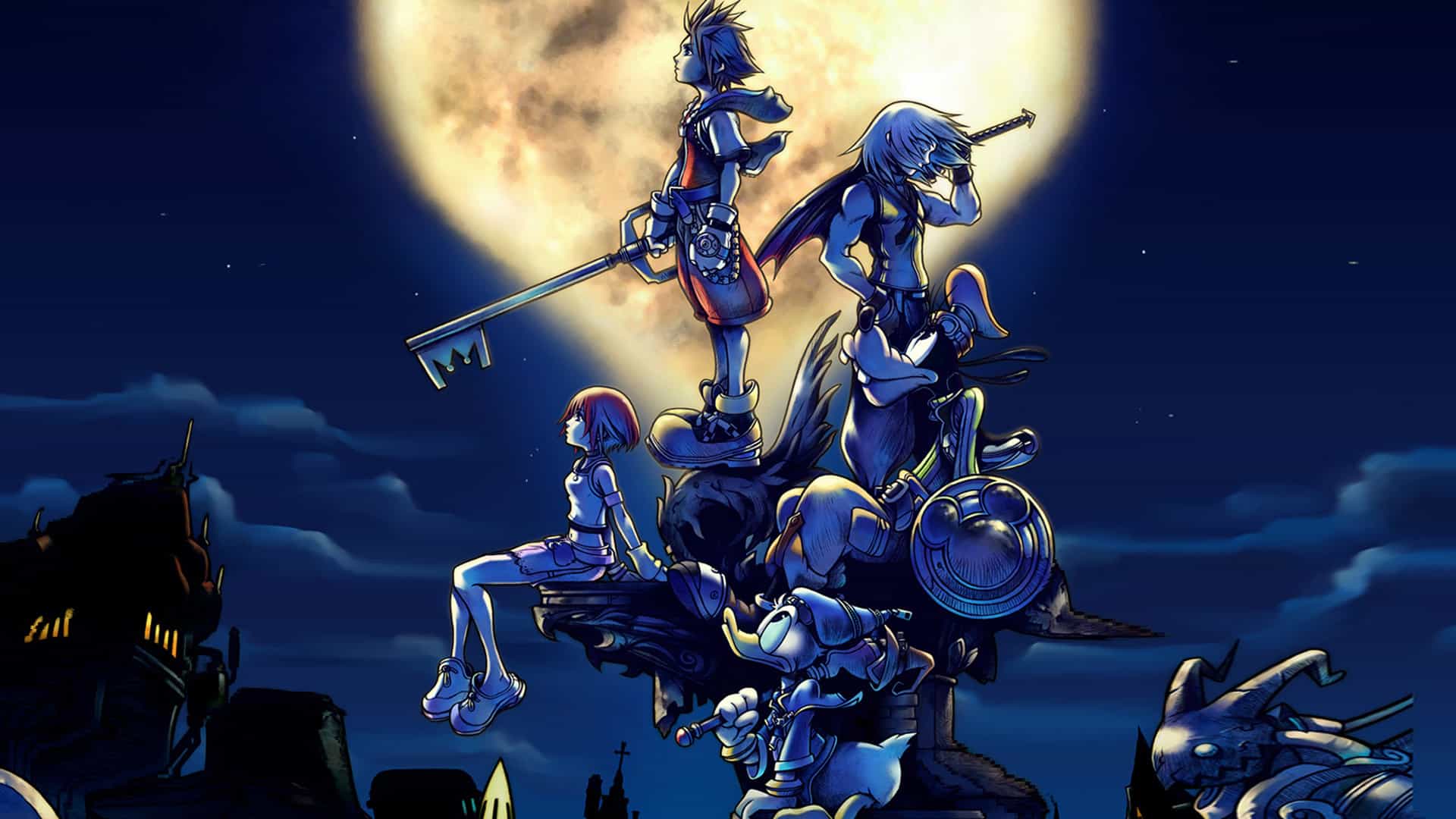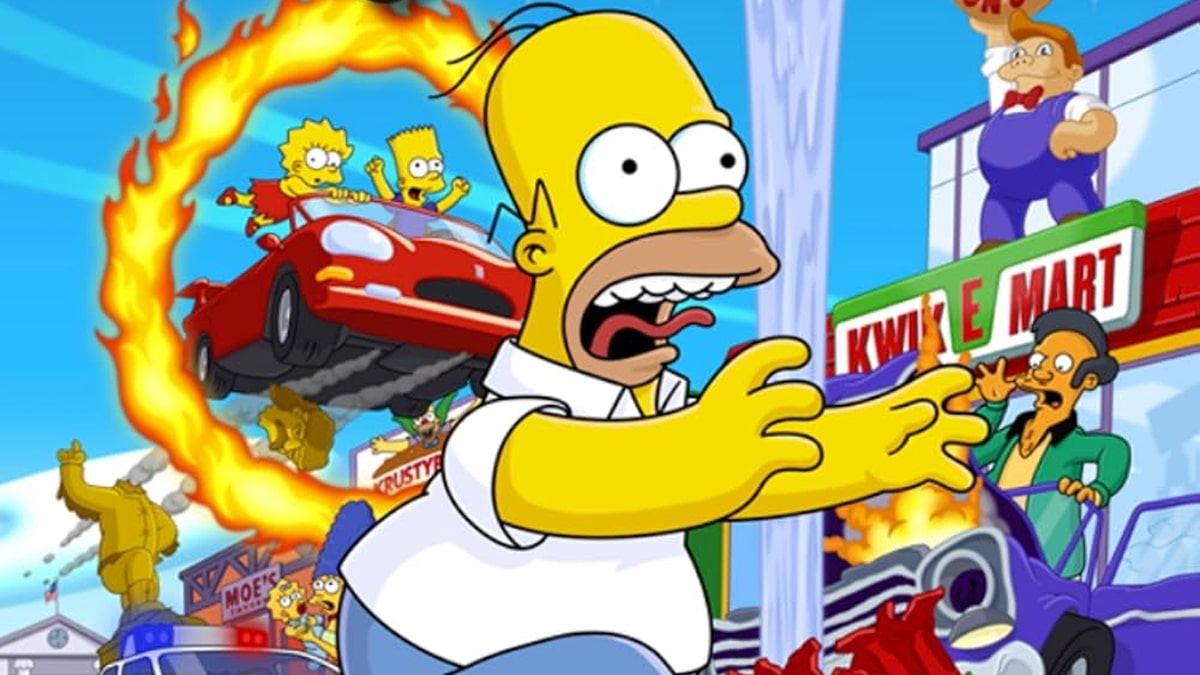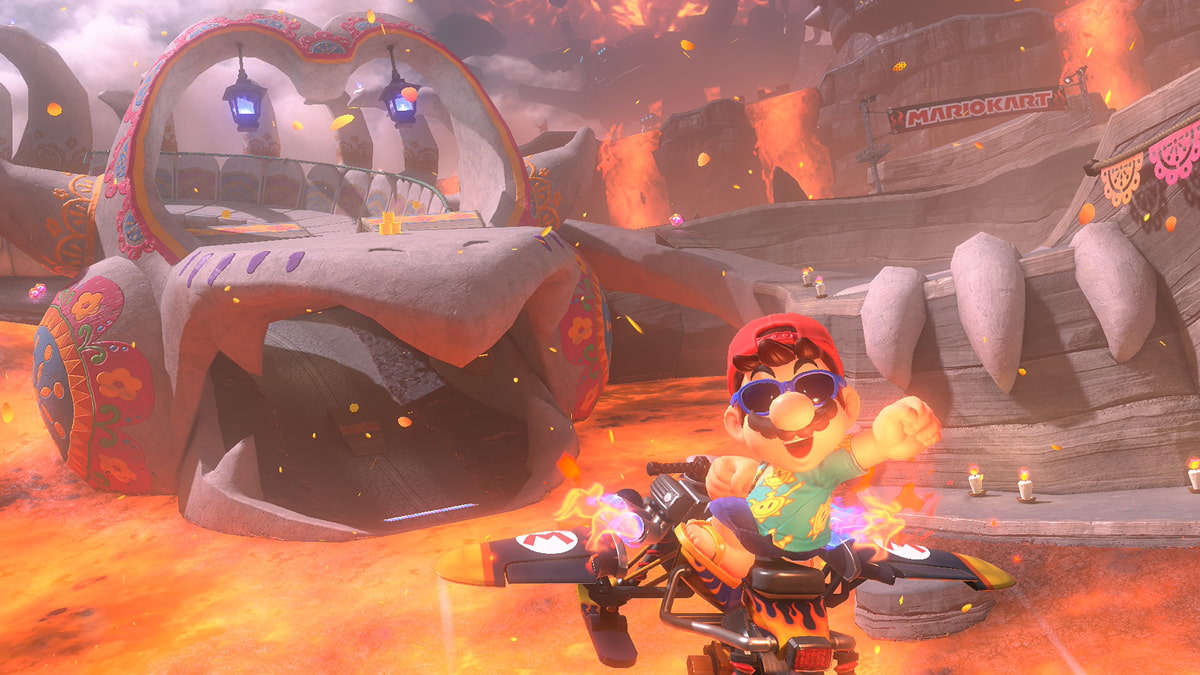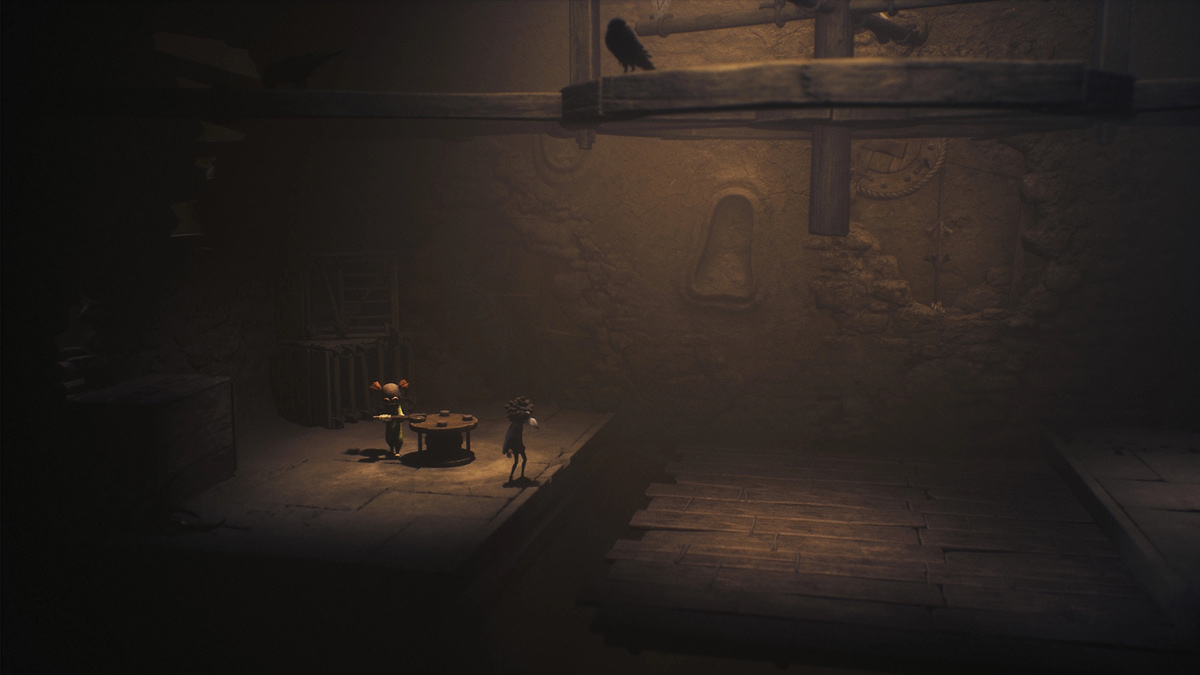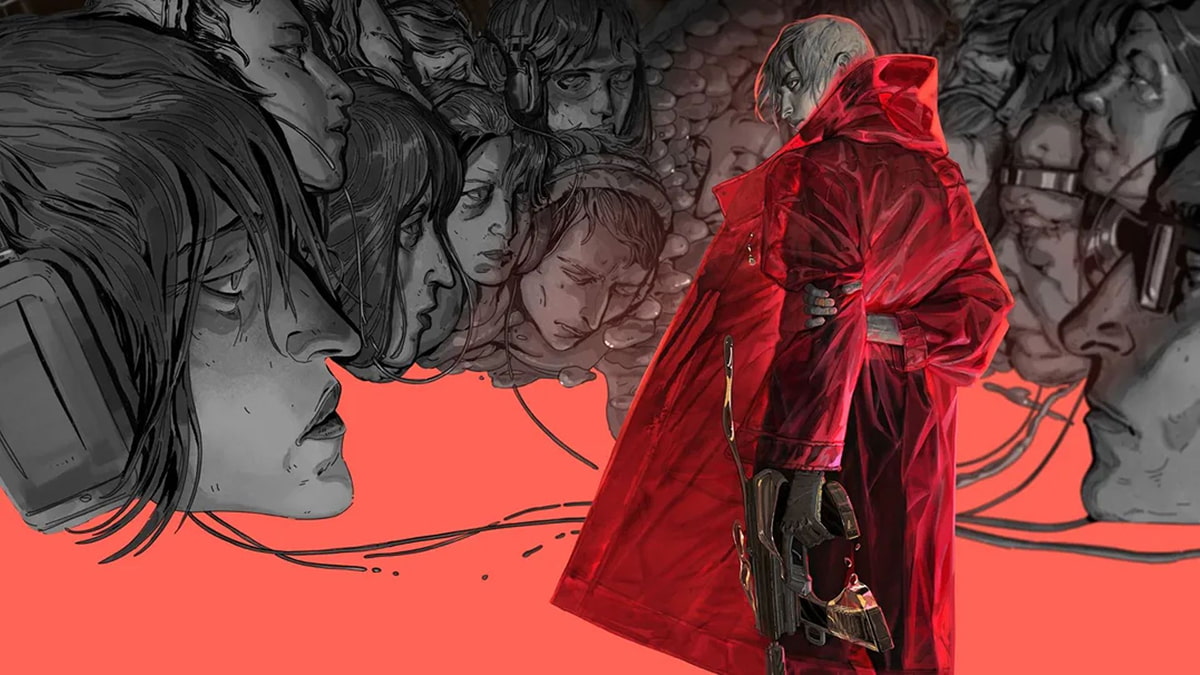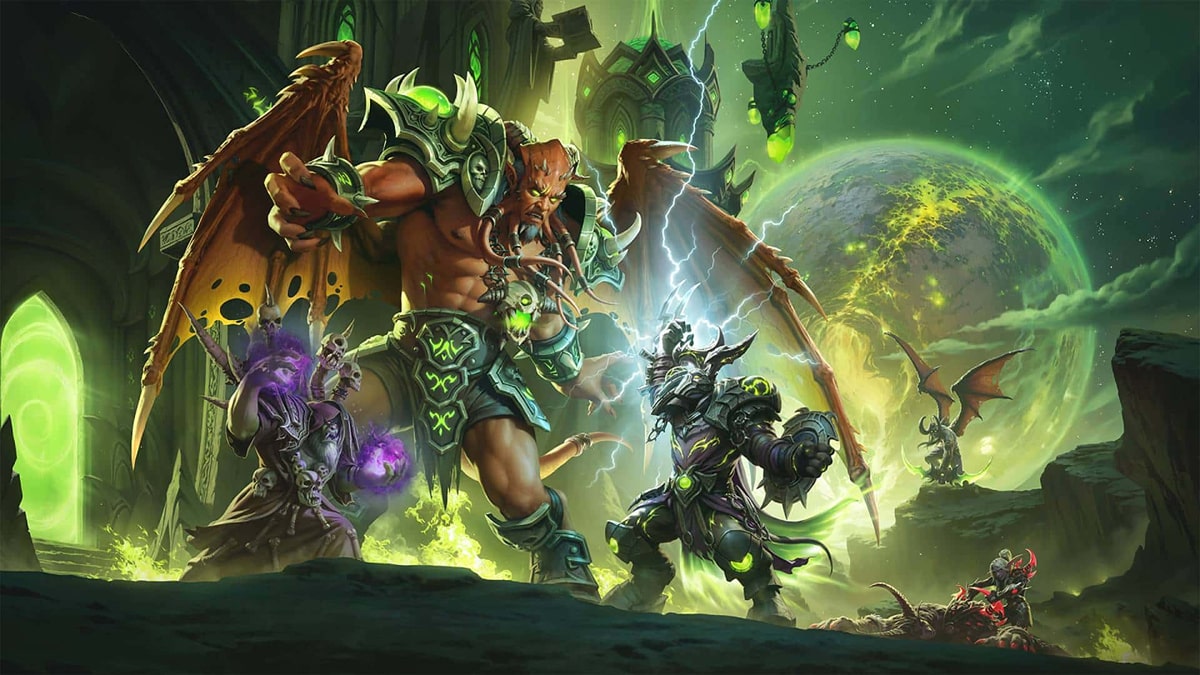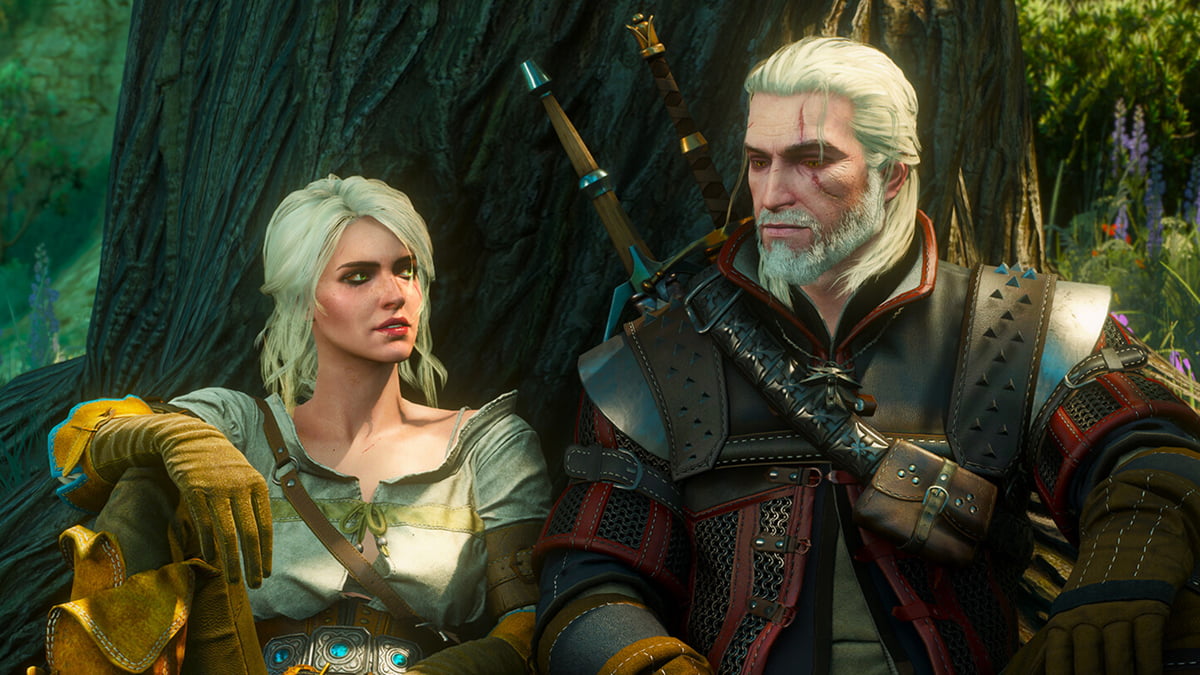You can trust VideoGamer. Our team of gaming experts spend hours testing and reviewing the latest games, to ensure you're reading the most comprehensive guide possible. Rest assured, all imagery and advice is unique and original. Check out how we test and review games here
Over the last couple of evenings, I’ve been playing the first Kingdom Hearts (at least, I think it is, there are six options in the menu with words like “Remix” and “Chain of Memories,” but I think I’ve sussed it out.) It begins with a young boy floating upside-down in the depths of the sea. ‘I’ve been having these weird thoughts lately,’ he says. Based solely on that evidence, you might think he had attempted listening to A Rush of Blood to the Head and The Queen is Dead in a single day, but then he goes on, ‘Like is any of this for real or not?’ (Perhaps he just watched The Matrix). It isn’t long before he finds his feet on solid ground, but you could hardly say things become any more anchored to reality, physics, or common sense.
For one thing, what’s real and what isn’t matters little when what you see is as down-to-earth a vision conjured by cough syrup. The aforementioned solid ground he’s standing on is in fact a stained-glass window, adorned with Disney characters, that sees fit to float in a void. It’s a curious way to introduce the Disney dimension, with its fascistic control of all whimsy: have a bug-eyed boy with big hair, straight from the Square Enix stable, trample across it with a pair of shoes the size of twin taxis.
This desecration of the Church of the Holy Mouse soon gives way to an easy alliance between the two realms. Being born on an island (Destiny Island, no less), the young heroes of Kingdom Hearts are strangers to the world beyond their breezy shore, so the likes of Goofy, Donald, and the Genie from Aladdin seem as mundanely alien as anything else might. Besides which, any 14-year-old that wakes drifting underwater, calmly questioning reality, is already in the ideal frame of mind to deal with anything that Disney can throw at them. The wayward designs of Final Fantasy – a fantasia of floating cities and magical creatures – are hardly an ill fit.
Evidently, then, the secret to a good crossover is a tone that befits both worlds. At first blush, you might think that Forza Horizon 4, a racing game of rainy country roads and rural villages, might struggle to warp its world to the whims of sci-fi. Not so, as the Halo Showcase proved. Here, the cars are swapped for UNSC Warthogs; Banshees screech by with a wisp of laser burning behind them; and the horizon arcs upward to form the familiar shape of Installation 04. But the reason none of it seems out of place is that the game’s reality is already a dream.
The damp marriage of England and Edinburgh is too good to be true, and anyway, the sight of Roger Moore’s white Lotus Esprit, with optional amphibious fins and propeller, is enough to arch an eyebrow at any illusions of straight-faced reality. Combine this with the blink and chirp of the game’s slot machine, which grants all manner of ludicrous toys, from dune buggies to stretch limousines. Then take into consideration the game’s driving model, which scraps fun-crumpling realism as if shedding the flimsy soft top of a convertible.
But crossover games must do more than marshal the mood. Like the ever-engorging world of superhero films, there are mechanics to consider. If you’re anything like me, you’ve sat in the cinema incredulously grumbling into your popcorn at the logistics of a man clanking around in a robot suit, squaring off against a Norse god – and what on earth a man with a bow and arrow possibly hopes to accomplish in the face of either one.
Strange to tell, the problem resolves itself when the drama shifts from New York to the world of Capcom, where all the colours are comic-book bright, and where we’ve spent countless hours watching, among other things, a teenage girl render a sumo wrestler unconscious. Marvel vs. Capcom, then, has an odd internal logic, where style is the greatest power of all. Thus, the Iron Man, the Mega Man, and the Spider-Man can all be seen off by the beret and beretta of Jill Valentine.
The same can be said of Super Smash Bros., which banishes all blood and makes stress toys of its entire roster, scaling them all to comparable size and trimming their talents to balance them out. Mario + Rabbids Kingdom Battle was a winner from the off, given that Ubisoft’s creatures seemed as though they had been pulled already from some grubby corner of the Mushroom Kingdom. (The only giveaway that they might not belong is the savvy smirks they wear, suggesting a wry awareness that goes over Mario’s head.)
All it takes is a tiny slip of mood and mechanics for a crossover to stick out in its weirdness. Take Soul Calibur IV, which pulled Darth Vader and Yoda through a hyperspace tunnel of legalese and IP and pitted them against the likes of Voldo and Ivy. With his head in a black bucket and his sword glowing scarlet, he should have been a natural fit. But the dour gloom of his mood stuck out against the game’s swashbuckling spirit, and there was always something inherently wrong about seeing a light saber strike a metal blade and bounce off.
And yet, despite the sorcery and the adventure of Kingdom Hearts, even though it drips with off-kilter kookiness, something about it isn’t quite right for me. It must come down to acknowledgement. If I'm noticing how odd it is that Hercules is popping up, it’s because all of the other characters aren’t. Perhaps it's that the Warthogs and Falcons in Forza are given a showcase to celebrate their intrusion. Super Smash Bros. and Marvel vs. Capcom both exist solely to facilitate the meet-and-thump of its roster. Every time someone in Kingdom Hearts doesn't greet a childhood hero with sufficient fanfare, I feel like shaking them as I would a bored child at Disneyland. What’s the matter with you, don’t you know where you are?
